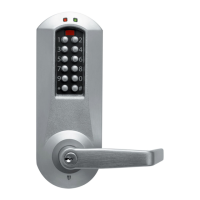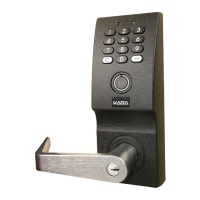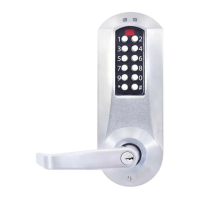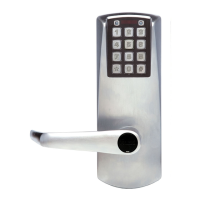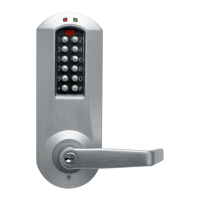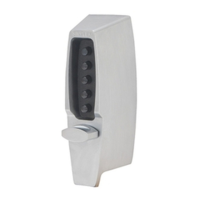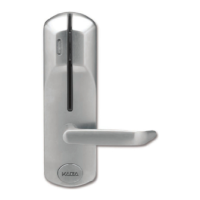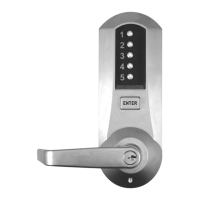Section 5 - 1
Cylinder Installation Guide
This is an aid to selecting Peaks key-in-knob cylinders for grade 1 and 2 cylindrical locksets. It should be
used in conjunction with Section 2 of the Peaks Technical Manual and your own library of competitors' cata-
logs and technical literature.
While there are many variations in trim designs, there is a finite offering of hardware. You will see the same
few cylinder configurations used repeatedly.
T
he industry calls cylinders for both knob and lever trim “key-in-knob” cylinders. This document will use
“handle” to mean the portion of the operating trim which contains the cylinder.
Key Demountable (KDH) versus Non-Key Demountable (Non-KDH) handles
To retrofit a cylindrical lock with Peaks, the handle must be removed to gain access to the cylinder. Some
handles can be removed by turning an operating key and depressing a retainer.
Other locks require disassembly of the lockset and take more time to retrofit. This distinction is important
when quoting labor for installation.
Tools
Basic hand tools are needed to service cylindrical locks, including standard and Phillips screw drivers, a
plastic or rawhide mallet, and Poxylube
®
lubricant. Key demountable handles require a “poker” tool to
depress the retainer. A
1
/16" pin punch is an excellent tool for this purpose.
Spanner wrenches are required for all grade 1 knobs, and a few grade 1 levers. Grade 2 knobs and levers
are normally mounted with concealed screws and do not require spanner wrenches.
Any tools beyond basic hand tools required for specific hardware will be listed below.
Finishes
North American hardware finishes for the plug face of key-in-knob cylinders are as follow:
for white finishes such as 625, 626, 628, 629, and 630: use Peaks satin chrome finish
number 25; for all other finishes: use Peaks satin brass finish number 04.
Introduction
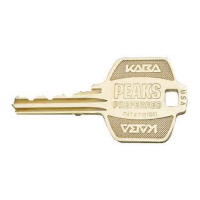
